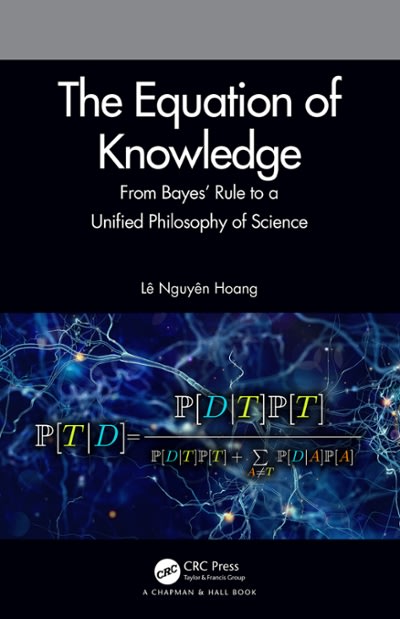Question
1. Consider the following game. Pick one card at random from a full deck of 52 cards. If you pull an Ace, you win outright.
1. Consider the following game. Pick one card at random from a full deck of 52 cards. If you pull an Ace, you win outright. If not, then you look at the value of the card (K, Q, and J count as 10). If the number is 7 or less, you lose outright. Otherwise, you select (at random, without replacement) that number of additional cards from the deck. (For example, if you picked a 9 the first time, you select 9 more cards.) If you get at least one Ace, you win. What are your chances of winning this game?
2. An item is defective (independently of other items) with probability 0.3. You have a method of testing whether the item is defective, but it does not always give you correct answer. If the tested item is defective, the method detects the defect with probability 0.9 (and says it is good with probability 0.1). If the tested item is good, then the method says it is defective with probability 0.2 (and gives the right answer with probability 0.8). A box contains 3 items. You have tested all of them and the tests detect no defects. What is the probability that none of the 3 items is defective?
3. A chocolate egg either contains a toy or is empty. Assume that each egg contains a toy with probability p, independently of other eggs. You have 5 eggs; open the first one and see if it has a toy inside, then do the same for the second one, etc. Let E1 be the event that you get at least 4 toys and let E2 be the event that you get at least two toys in succession. Compute P(E1) and P(E2). Are E1 and E2 independent?
4. You have 16 balls, 3 blue, 4 green, and 9 red. You also have 3 urns. For each of the 16 balls, you select an urn at random and put the ball into it. (Urns are large enough to accommodate any number of balls.) (a) What is the probability that no urn is empty? (b) What is the probability that each urn contains 3 red balls? (c) What is the probability that each urn contains all three colors?
5. Assume that you have an n-element set U and that you select r independent random subsets A1,..., Ar U. All Ai are chosen so that all 2 choices are equally likely. Compute (in a simple closed form) the probability that the Ai are pairwise disjoint.
Step by Step Solution
There are 3 Steps involved in it
Step: 1

Get Instant Access to Expert-Tailored Solutions
See step-by-step solutions with expert insights and AI powered tools for academic success
Step: 2

Step: 3

Ace Your Homework with AI
Get the answers you need in no time with our AI-driven, step-by-step assistance
Get Started


